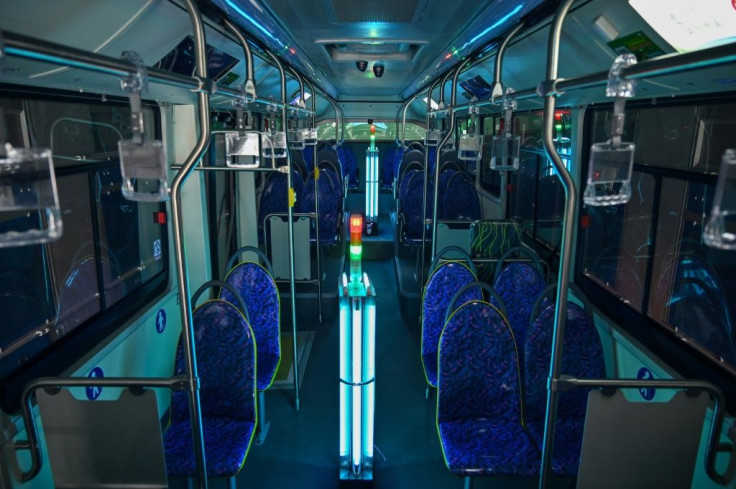COVID-19 Fact Check: Can UV Light Kill Coronavirus?
As the whole world is dealing with the coronavirus pandemic, people throughout the world have been coming up with different strategies to combat the deadly virus. Ultraviolet light has been getting a lot of attention when it comes to disinfecting and reusing masks worn by healthcare workers to safely perform their duties.
But depending on the type of UV people are talking about, the idea that UV light could be used to disinfect hands, clothing or other objects could be either incorrect or dangerous.
The World Health Organization (WHO) has warned that ultraviolet light shouldn’t be used as a disinfectant against COVID-19. The agency also dismissed the idea that exposure to sun or temperatures above 25 degrees Celcius can prevent COVID-19.
“UV lamps should not be used to sterilize hands or other areas of skin as UV radiation can cause skin irritation. You can catch COVID-19, no matter how sunny or hot the weather is. Countries with hot weather have reported cases of COVID-19. To protect yourself, make sure you clean your hands frequently and thoroughly and avoid touching your eyes, mouth, and nose,” CTV News quoted WHO statement.
Here’s what you need to know about the three different types of UV rays:
- UVA, which makes up the vast majority of the UV radiation reaching the planet’s surface, is capable of penetrating deep into human skin. It is responsible for up to 80% of skin aging.
- UVB can damage the DNA in your skin and cause sunburn and even skin cancer.
- UVC, a relatively obscure part of the spectrum, is particularly good at destroying genetic material both in humans as well as viral particles. But, it hasn’t ever been encountered since the ozone filters it out before it can reach us.
Scientists found, in 1978, that the UVC light can be used to destroy microorganisms and, since then, it has been produced artificially and used to sterilize hospitals, offices, airplanes, and factories.
The use of UVC in medical settings is only about a couple of decades old. It hasn’t been used on personal protection equipment (PPE) such as gowns or masks because hidden cervices and folds make it hard for the UV light to work on pathogens. It is not completely understood how repeated exposure to these rays will affect the materials in PPEs.
"The best thing is not to have to do it at all because you can never guarantee 100 percent complete disinfection. But, if new masks can’t be found when they’re needed, this is the next best thing,” CTV News quoted Bill Anderson, a chemical engineering professor at the University of Waterloo.

© Copyright IBTimes 2025. All rights reserved.






















